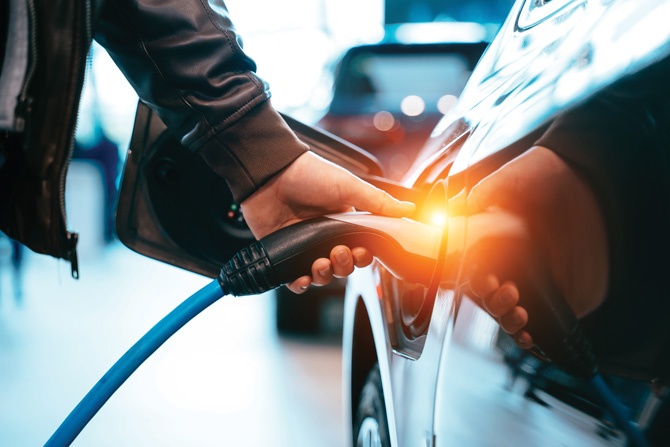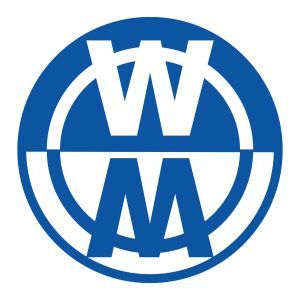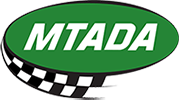During the first quarter of 2021, the number of EV sales in the U.S. was greater than 300,000. More specifically, EV sales outperformed the overall market and increased 81% when compared against Q1 2020. The following table shows the exact numbers:
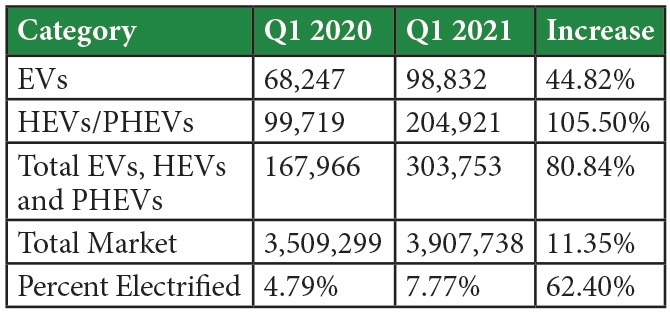
The largest growth was for hybrids and plug-in hybrids. The reason is obvious. Although an increasing number of people are buying EV technology to help counter high gas prices and reduce their carbon footprint, they don’t want to risk running out of fuel when traveling, even if traveling only consists of a short commute. Federal tax credits on some popular models have been phased out, though, and that has caused a corresponding decline in sales. The pandemic also caused a decline, but it wasn’t as big as many people feared when the economy first shut down in March 2020.
What is currently selling best? Consider EVs first. The main players are Tesla, Chevrolet and Ford. Tesla has the two top spots for 2021 (Model Y is No. 1 and Model S is No. 2), but No. 3 is the Chevrolet Bolt. Chevrolet sold almost 10,000 of them during the first quarter. No. 4, an all-new version of the Ford Mustang Mach-E, first went on sale in December 2020 and did better in Q1 2021 than Tesla’s Model S and Model X combined. Tesla had some additional bad news. The Model 3 was No. 1 in 2020, but year-over-year sales fell more than 50%.
What about hybrid sales (HEVs and PHEVs)? More than 60 different kinds are available in the U.S., but the main players are Toyota, Honda, Ford and Volvo.
Toyota is No. 1. It sold 124,449 hybrid vehicles in Q1 2021. The most popular one was the Toyota RAV4 Hybrid, which accounted for 32,263 of those sales. No. 2, at 26,044, was the Toyota Sienna minivan, which is now sold only as a hybrid. Almost one-fourth of all Toyotas being sold now are hybrids.
Honda is No. 2 after selling 22,000 hybrids in Q1 2021, and Ford is No. 3 after selling more than 18,000 hybrids. Of the vehicles they sold, 7,176 were F-Series pickups. Volvo is No. 4. It sold 2,800 hybrids in Q1 2021.
These numbers are small when compared against sales of traditional combustion engines, but a Pew Research Center survey found that even though only 7% of U.S. adults own an electric of vehicle of some kind, 39% said they were very likely or somewhat likely to think seriously about buying one the next time they buy. Almost 1.8 million U.S. EVs were registered in 2020, but that is more than three times as many as were registered in 2016.
Who is most likely to buy an EV of some kind?
- People who live in big cities and have garages or access to charging stations. In 2015, there were less than 32,000 charging stations in the U.S. That number had tripled by May 2021, and the International Energy Agency expects the U.S. to have between 800,000 and 1.7 million by the end of 2029. The place with the most charging stations is Washington, D.C. (237 stations). No. 2 is Vermont and No. 3 is California. However, the national average is one outlet for 2,570 vehicles.
- Those who live in Europe or China. Between 2016 and 2020, the compound annual growth is 60% in Europe, 36% in China and 17% in the U.S.
- Residents of states such as California, Washington, Oregon, Colorado, Arizona, Hawaii, Vermont and Massachusetts. In 2018, California had more EVs than any other state (12 per 1,000), with Hawaii in second place (6 per 1,000). Other states in 2018 that had between 1.0 and 1.9 registrations per 1,000 people were Nevada, Utah, Georgia, Maryland, New Hampshire, Connecticut, New Jersey, and the District of Columbia.
- Those who want to avoid the service shop. The engines are simpler, and so is the maintenance. This may eventually be a significant factor for dealers, who often benefit from their service departments, but not until more EVs are on the road. Even then, though, less service is not the same as no service.
- Car lovers who enjoy the combination of great driving performance and almost no emissions.
It’s clear that the automobile industry is moving toward full or partial EVs and away from gas-powered vehicles. This is especially true because of the current emphasis on providing the necessary infrastructure so owners can rely on being able to charge their cars the same way they currently rely on being able to buy gas.
Now is the time to begin building the infrastructure that will support EVs.
Case studies of EV adoption rates show that fast public charging is a key component in the successful roll-out of electric vehicles to reduce or eliminate range anxiety.
How many electric vehicles (EV) and charging stations are there currently in Montana?
As of January 2021, there are about 1,800 electric vehicles (hybrid and full-electric) registered in the state of Montana. Including all networks and levels, there are about 65 charging locations at the time of this publication. Of those locations, about two-thirds of them are non-Tesla (non-proprietary) level 2 and 3 chargers. In total, there are 7 level 3 DC fast chargers for non-Tesla drivers to rapid charge at, while there are 13 Tesla Supercharger locations.
How much savings can be achieved when using electricity instead of gasoline?
Driving an EV can save over $1,000 per year in typical energy costs. When primarily charged at home, electricity costs a fractional amount of the price of equivalent gasoline needs. For example, if electricity rates are 12 cents per kWh; charging an EV for 100 miles of range would cost around $3. Those same 100 miles would cost around $10 in gasoline for a combustion engine car rated at 25 mpg, and a gas price of $2.50 per gallon. Public charging prices will often exceed residential electricity costs for offering the convenience of quick charging away from home and are often on par with gasoline price levels.
Do electric cars have the same speed and performance as traditional gas-engine vehicles?
In many cases, even better! While top speeds for EVs are comparable to similarly sized gas-engine vehicles, vehicles powered by electric motors enjoy the inherent benefit of high torque and can get up to traveling speed very quickly. In addition, EV drivers usually express an appreciation for the smooth, quiet and quick performance provided by an electric drivetrain.
Are maintenance costs higher with an EV?
On the contrary, maintenance costs for EVs have been shown to be significantly lower than comparably equipped gas-powered vehicles. Electric vehicles do not require oil changes, have no transmission or exhaust system service/parts needs, and have much longer brake life due to regenerative designs. Fewer moving parts and lower vibration mean a lot less wear and tear on the entire vehicle over time.
Do I need special infrastructure at my home to charge an EV?
No, all EVs come with a standard plug for charging in any home outlet. Many EV owners do choose to install a “Level 2” AC 240V charger at their home to charge their vehicle faster than in a 120V outlet. With their higher power features, DC fast charging units are best suited for many public, transit, and commercial fleet settings.
How fast do EVs charge?
A standard 120V outlet can charge at about 5 miles of range per hour; a Level 2 charger at 220/240V can deliver anywhere from 10 to 25 miles of range per hour depending on the power limitations of the charger, the vehicle, and the power supply at the home or facility. DC fast charging systems can charge an EV in about 20-90 minutes at 50kW of rated power, and in less than 15 minutes with higher power technology. Some DC chargers can charge more slowly to manage site power concerns while fitting 1–2-hour use cases at 20-25KW rated power.
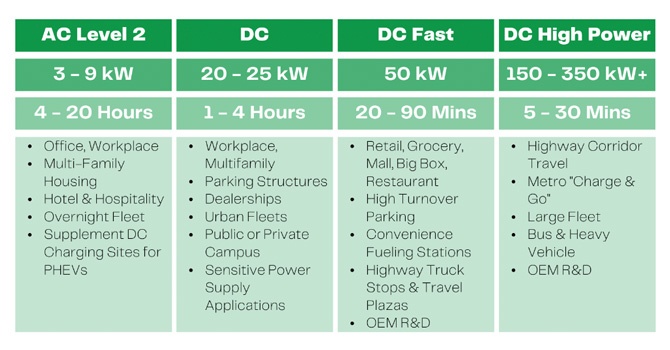
What is the difference between AC and DC charging?
An AC charger supplies AC (Alternating Current) to a vehicle’s onboard charging device that then charges the EV battery. Faster charging is accomplished with DC (Direct Current) technology. A DC fast charging station converts the grid’s AC supply, delivering power directly to the vehicle battery with no onboard charging infrastructure needed inside the vehicle.
What is the benefit of fast charging?
Case studies of EV adoption rates show that fast public charging is a key component in the successful roll-out of electric vehicles to reduce or eliminate range anxiety. Drivers are more likely to adopt EV technology when they are assured quick charging availability along their regular commutes and intercity travel routes.
How many DC fast chargers does ABB and Winn-Marion have installed?
ABB has nearly one thousand installed throughout North America, and almost 10,000 installed globally. Winn-Marion has installed several locations throughout the Rocky Mountain region and performed service for partnered ABB networks across the U.S.
Will a rise in EVs strain the electric grid?
Most EV charging is done at home and work in slower AC voltages, and often not during peak demand hours. With strategies like rate incentives and smart charging algorithms, utilities have a fantastic opportunity to use EVs to balance loads while power producers can better balance generation and demand.
At fast charging sites, while more on-demand, there is still an opportunity to leverage time of use, demand response, and power limiting programs to manage demand. In addition, energy storage technologies may offer demand reduction possibilities.
Are there any incentives for purchasing an EV or installing a charging station?
State and federal incentives are continuously updated and retroactively extended. Eligibility for current charging and vehicle purchasing incentives is dependent on case-by-case factors such as the application (residential/business), vehicle make and age, and timeframe of purchase or install. We recommend contacting your local Winn-Marion representative to help you with incentives for your personal and/or business purchase.
Since 1972, Winn-Marion provides state-of-the-art automation solutions through superior sales, service, and innovation with an unmatched commitment to quality. As the electric vehicle market emerges and the adoption of ZEV (Zero Emissions Vehicle) grows, Winn-Marion provides a full turnkey solution. Together with our partners, we are committed to a future-proof strategy that includes operational reliability, a 24/7/365 direct service network, open interoperability, best-in-class connected services, and a proactive product roadmap. Winn-Marion is a proud member of The Montana Automobile Dealers Association!
Learn more at winn-marion.com; 406.624.2430; evcharging@winn-marion.com.
Or contact Jamison Lee, Account Manager, at jamisonlee@winn-marion.com.



